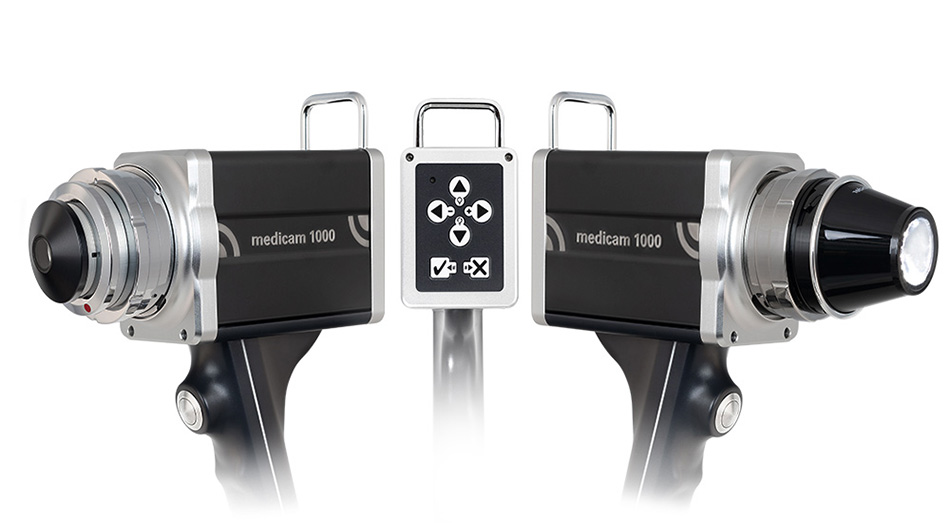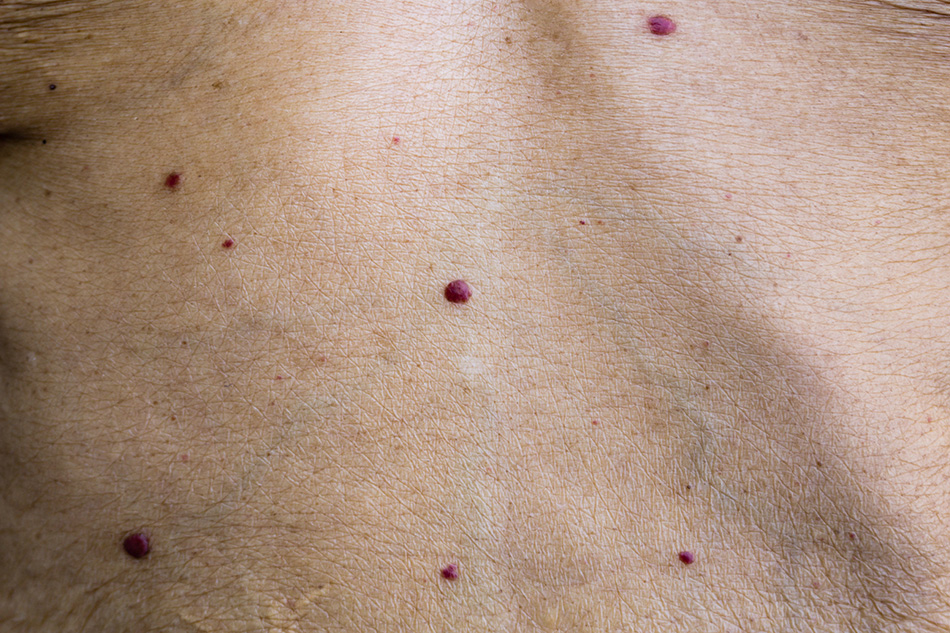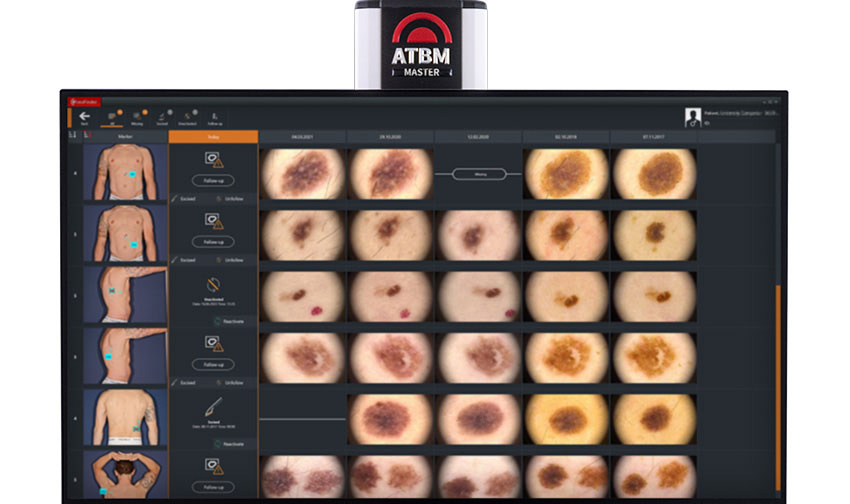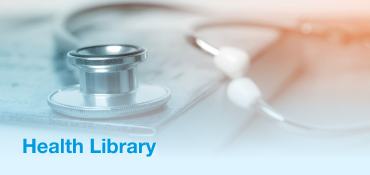WHAT IS FOTOFINDER BODYSTUDIO ATBM®?
FotoFinder bodystudio ATBM® combines total body mapping and digital dermoscopy.
The system positions a camera automatically to photograph the patient from head to toe in minimum time, dermoscopic images of all relevant nevi are captured and assigned to the total body photos.
The new video dermoscope Fotofinder Medicam 1000 take enlarged pictures of moles which show clearly colours and microstructures not visible to the naked eye. It allows entire skin documentation during regular check-ups.
This system takes high-resolution digital photographs and uses sophisticated software to monitor your moles. During subsequent visits, new photos are taken and are compared to previous ones allowing the visualisation of every change at the earliest possible stage.

WHY IS IT IMPORTANT TO MONITOR CHANGES IN MOLES?
Skin cancer is curable if it is detected early enough.
More than two thirds of all melanomas develop ‘de novo’ on healthy skin and not from already existing moles. For optimal safety, it is important to track the entire skin in addition to individual moles. This is why standardised Total Body Mapping in combination with digital dermoscopy is the best method for monitoring patients at risk of developing skin cancer.
AM I A CANDIDATE FOR DIGITAL MOLE MAPPING?
If you meet any of the criteria listed below, you are at higher risk for melanoma and should consider digital mole mapping:
- Fair skin that is sensitive to sunlight
- Multiples moles on your body
- Large congenital nevi
- Atypical moles or moles that have recently changed
- History of sunburn as a child or adolescent
- History of skin cancer in your family
- You already had skin cancer
- History of exposure to strong sunlight or UV rays at regular intervals.

If you don’t meet criteria for digital mole mapping, your dermatologist could propose to monitor some of your moles by digital dermoscopy.
ARE THERE ANY CONTRAINDICATIONS TO DIGITAL MOLE MAPPING?
You cannot have digital mole mapping performed when you have a rash, sunburn or prominent tan lines as this can interfere with the detection software.
The camera’s flash may trigger seizures in people suffering from epilepsy or other light-sensitive ocular or nerve diseases. People with these pre-existing conditions may not be subjected to the ATBM flash.
It is only possible to scan patients with a height of 130 – 200 cm. Complete scanning with taller or shorter persons is not supported (irrelevant for facial imaging with the portrait stand).
Analysis with Bodyscan is only permitted for adult patients, as it is otherwise not possible to guarantee correct documentation, due to changes in body height. However, a single examination of a mole by dermoscopy is possible from the birth of the child.
WHO WILL BE TAKING THE PHOTOGRAPHS AND WHO WILL EXAMINE THEM?
Your dermatologist assisted by a nurse will take your photographs, which will then be stored in a secure server.
You’ll stand in front of the FotoFinder scanning machine exposing as much skin as possible. You’ll be approximately 2.6 m away from the operating staff. The automatic camera lift moves the high-resolution camera to the correct levels and takes 4 photos of each side of your body in quick sequence. These photos are stitched together to eliminate overlapping redundant areas. The whole body view of a patient is used to tag individual lesions for dermoscopy. The procedure is completely painless.
Your dermatologist will review your photographs, analyse any changes and discuss them with you during your full body skin exams. He will issue a written report within 24 hours of the scan. If any lesions are flagged as atypical, you will be notified and receive advice for investigation and management.
WHAT SHOULD I WEAR DURING THE PHOTOGRAPHY SESSIONS?
- Remove watches, bracelets, necklaces, chains, earrings and piercings, etc.
- Please do not wear make-up, lipstick, eyeliner, nail polish.
- Do not use self-tanning products in the week prior.
- If you have long hair, please wear your hair up during the photography.
- For men with a significant amount of body hair in areas such as the chest, abdomen, back, arms or legs, we recommend this area to be trimmed or shaved so that the moles can be visualised.
- Undress to your level of comfort.
- Please wear black underwear and remember you will need to wear similar undergarments for subsequent mole mapping sessions. Boxer shorts are not recommended.
- Areas covered by undergarments will not be monitored by digital mole mapping.
- If you have moles that you would like mapped in areas covered by your undergarments, please discuss this with the nurse when you arrive for your appointment.
HOW LONG WILL THIS APPOINTMENT TAKE?
The duration of your appointment depends on the number of moles that need close up photography. If you only need overview photographs the appointment should last about 20 minutes. If you have many moles that your doctor has recommended magnification photography, the appointment will last longer.
HOW DO I SCHEDULE AN APPOINTMENT FOR MY FIRST BASELINE DIGITAL MOLE MAPPING?
The first baseline digital mole mapping will occur after a full body skin exam and only if your dermatologist has determined you are a good candidate and has identified any moles that need further review.
If digital mole mapping is recommended you may schedule an appointment by calling Dermatology department.

HOW DO I SCHEDULE AN APPOINTMENT FOR MY FOLLOW-UP DIGITAL MOLE MAPPING?
Digital mole mapping should be performed every 6 to 12 months as recommended by your dermatologist. If you are at high risk for melanoma, digital mole mapping should be done 3-4 months after your baseline session and then every 6 months thereafter or sooner if you notice changes.
Digital mole mapping with FotoFinder Bodystudio ATBM® is only an aid for your dermatologist. You will still need to get full body skin exams as recommended by your doctor. Although, the digital mole mapping is very helpful, the software may not detect all new or changing lesions so digital mole mapping cannot replace full body skin exams by your dermatologist.



